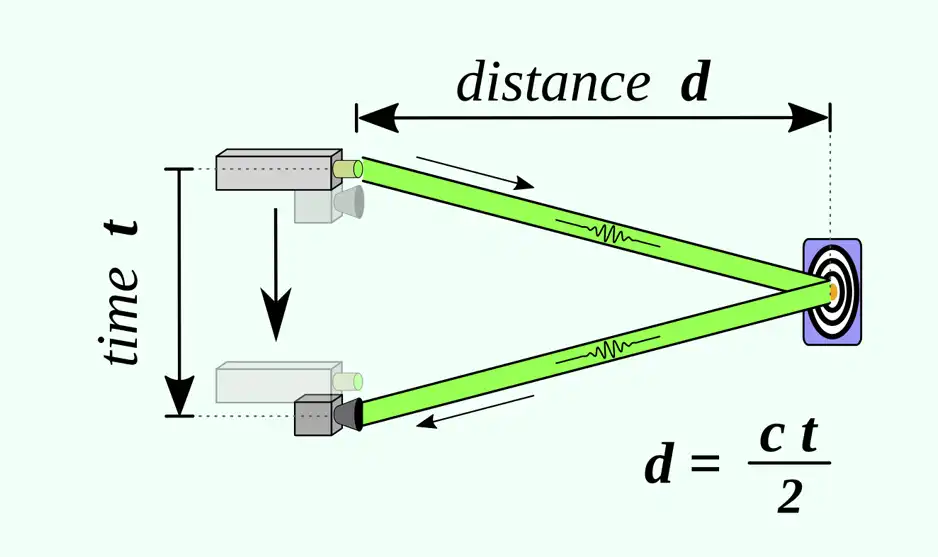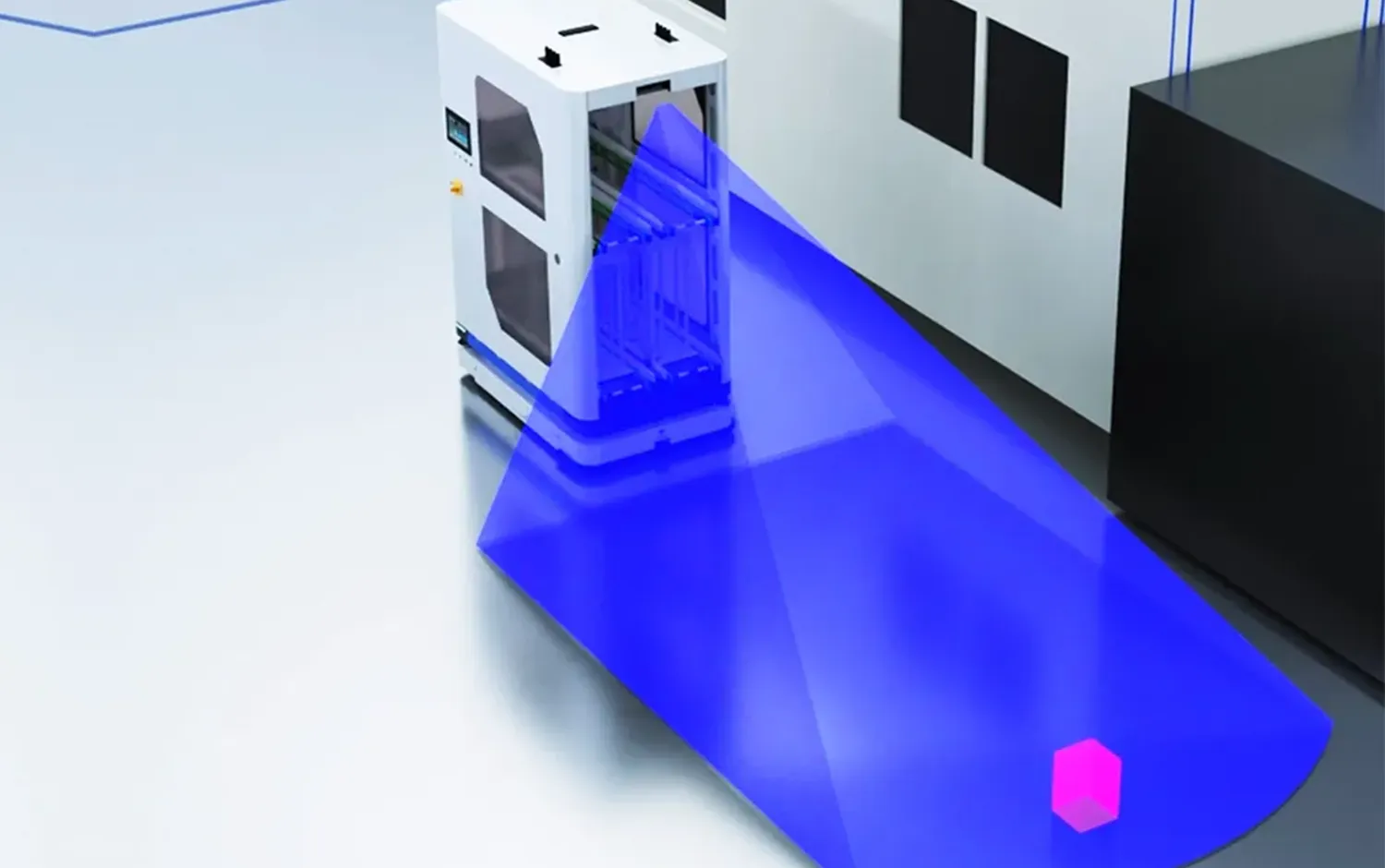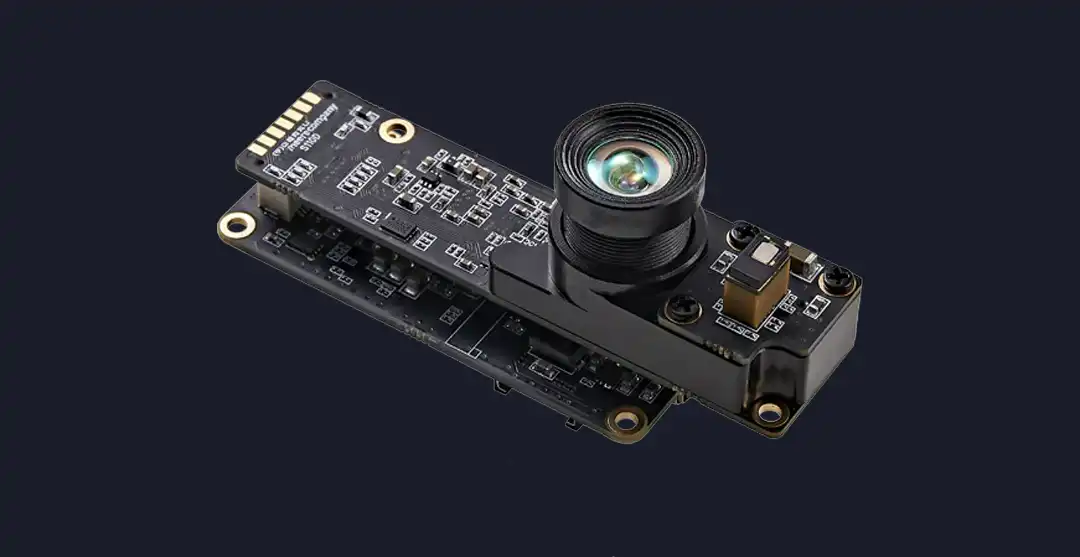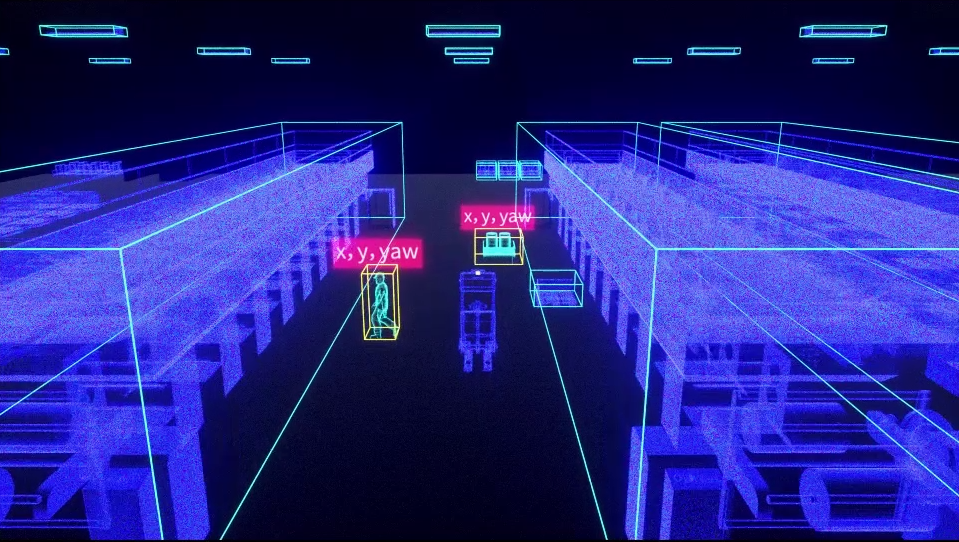Welcome to the fascinating realm of Time-of-Flight (ToF) cameras!
In this comprehensive guide, we’ll delve into the intricacies of ToF cameras, exploring what they are, how they work, their applications, and much more.
Whether you’re a seasoned professional or a curious enthusiast, this article aims to unravel the mysteries surrounding ToF cameras and provide you with valuable insights into this cutting-edge technology.
What Is ToF Camera?

A Time-of-Flight (ToF) camera is a type of imaging device that measures the distance to objects in its field of view by calculating the time it takes for light to travel to the object and back to the camera. It achieves this by emitting infrared light pulses and then analyzing the reflected signals.
This technology allows ToF cameras to capture depth information with precision and accuracy, making them invaluable for various applications such as augmented reality, autonomous vehicles, gesture recognition, and 3D scanning.
What is the Concept of ToF?

The concept of Time-of-Flight (ToF) revolves around the measurement of the time it takes for light to travel from a source, interact with objects in its path, and return to a sensor. In the context of ToF cameras, this concept is applied to capture depth information about objects in a scene.
Here’s how the concept of ToF works:
Light Emission:
ToF cameras emit infrared light pulses towards the scene being captured.
Interaction with Objects:
These light pulses travel through the environment and interact with objects along their path.
Reflection and Detection:
When the light pulses encounter objects, they are reflected back towards the ToF camera’s sensor.
Time Measurement:
The sensor module of the ToF camera measures the time it takes for the light pulses to return.
Calculation of Distance:
By precisely calculating the time-of-flight of the light pulses, the ToF camera determines the distance to the objects in its field of view.
Depth Mapping:
Using the collected time-of-flight data, the ToF camera generates depth maps that represent the spatial layout of the scene.
The concept of ToF enables ToF cameras to capture detailed depth information with accuracy and precision, making them valuable tools for various applications such as augmented reality, autonomous vehicles, gesture recognition, and 3D scanning.
How Does ToF Cameras Work

Time-of-Flight (ToF) cameras operate on a fascinating principle that involves emitting infrared light pulses and measuring the time it takes for these pulses to travel to objects in the camera’s field of view and return.
Here’s a breakdown of how TOF cameras work:
Emitter Module:
TOF cameras consist of an emitter module that emits infrared light pulses towards the scene being captured.
Light Pulses Travel:
Once emitted, the infrared light pulses travel through the environment and interact with objects along their path.
Reflection Detection:
When these pulses encounter objects, they are reflected back towards the TOF camera’s sensor module.
Time Measurement:
The sensor module then measures the time it takes for the infrared pulses to return to the camera.
Calculating Distance:
By precisely calculating the time-of-flight of the light pulses, the TOF camera can determine the distance to the objects in its field of view.
Depth Mapping:
Using the collected time-of-flight data, TOF cameras generate depth maps that represent the spatial layout of the scene, providing valuable depth information for various applications.
In essence, TOF cameras utilize the speed of light and sophisticated timing mechanisms to accurately measure distances and capture detailed depth information, enabling a wide range of applications across industries such as augmented reality, robotics, automotive, and more.
Applications of ToF Camera

What are uses of tof camera?
Time-of-Flight (ToF) cameras have diverse applications across various industries, thanks to their ability to accurately capture depth information in real-time.
Here are some key applications of ToF cameras:
Augmented Reality (AR):
ToF cameras play a crucial role in enhancing augmented reality experiences by enabling accurate depth perception and object occlusion. They allow AR applications to seamlessly integrate virtual elements into the real world, creating immersive and interactive user experiences.
Autonomous Vehicles:
In the realm of autonomous driving, ToF cameras are employed for obstacle detection, collision avoidance, and navigation. By providing precise depth information about the vehicle’s surroundings in real-time, ToF cameras enhance the safety and efficiency of autonomous vehicles on the road.
Gesture Recognition:
ToF cameras enable intuitive gesture recognition in various devices and applications, including gaming consoles, smartphones, and smart home devices. By accurately capturing hand movements and gestures in three dimensions, ToF cameras facilitate natural and intuitive interaction with digital interfaces.
3D Scanning and Modeling:
ToF cameras are widely used for 3D scanning and modeling applications in industries such as architecture, engineering, and manufacturing. They allow for the rapid and accurate capture of three-dimensional objects and environments, enabling precise measurements, digital reconstruction, and prototyping.
Biometric Authentication:
ToF cameras are increasingly being integrated into biometric authentication systems for facial recognition and other biometric identification methods. Their ability to capture detailed depth information enhances the security and accuracy of biometric authentication systems, making them more robust and reliable.
Industrial Automation:
In industrial automation and robotics, ToF cameras are utilized for object detection, localization, and quality control. They enable robots and automated systems to perceive and interact with their environment in three dimensions, enhancing productivity and efficiency in manufacturing and logistics operations.
Medical Imaging:
ToF cameras have applications in medical imaging for tasks such as depth measurement, surface scanning, and surgical navigation. They aid healthcare professionals in obtaining precise anatomical measurements and visualizing internal structures, leading to improved diagnosis and treatment planning.
FAQs About ToF Cameras
How accurate are ToF cameras in measuring depth?
ToF cameras offer high levels of accuracy in measuring depth, with precision ranging from millimeters to centimeters depending on the specific model and environmental conditions.
Can ToF cameras work in outdoor environments?
Yes, many ToF cameras are designed to operate effectively in outdoor environments, although factors such as ambient light and weather conditions may affect their performance.
Are ToF cameras suitable for indoor navigation applications?
Absolutely! ToF cameras excel in indoor navigation scenarios, where they can accurately detect obstacles and map out the surroundings in real-time.
Do ToF cameras pose any privacy concerns?
Privacy concerns related to ToF cameras primarily revolve around their ability to capture detailed depth information. However, manufacturers implement privacy safeguards such as data encryption and anonymization to address these concerns.
What are the differences between ToF cameras and LiDAR systems?
While both ToF cameras and LiDAR systems utilize similar principles for depth sensing, they differ in terms of their technology, range, and applications. ToF cameras are typically more compact and cost-effective, making them suitable for consumer electronics and mobile devices, whereas LiDAR systems offer longer range and higher precision, making them ideal for applications such as autonomous vehicles and mapping.
How do ToF cameras contribute to advancements in robotics?
ToF cameras play a pivotal role in robotics by providing robots with the ability to perceive and interact with their environment in three dimensions. From obstacle avoidance to object manipulation, ToF cameras empower robots to navigate complex environments and perform tasks with precision and efficiency.
Conclusion
In conclusion, ToF cameras represent a groundbreaking technology with transformative potential across various industries. From enhancing augmented reality experiences to revolutionizing autonomous driving, the versatility and utility of ToF cameras continue to drive innovation and reshape the way we perceive and interact with the world around us.
Remember, as technology evolves and new advancements emerge, the possibilities with ToF cameras are virtually limitless, promising a future where depth sensing becomes an integral part of our daily lives.




